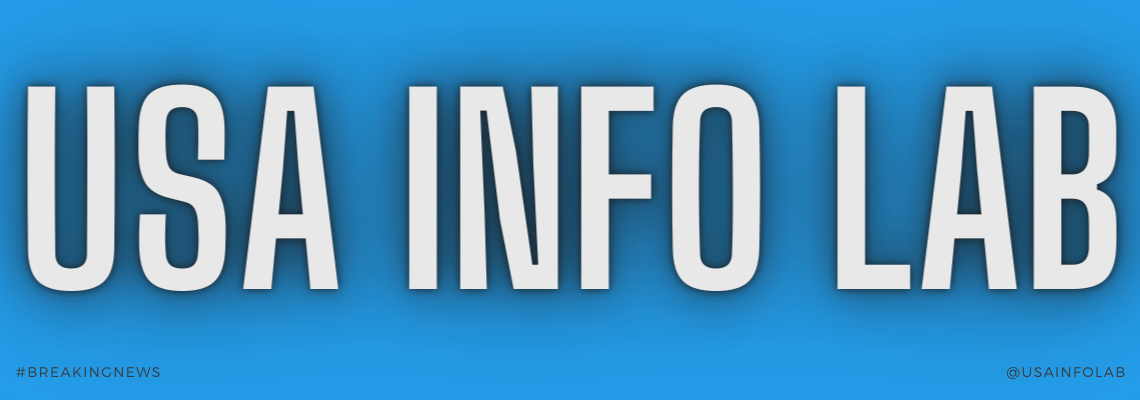
BERLIN: Germany’s government and conservative opposition have agreed a deal that will release 100 billion euros ($107 billion) to modernise the army in the face of the Russian threat.
An agreement was reached late Sunday to create a special fund for military procurement that will also allow Berlin to achieve NATO’s target of spending two percent of GDP on defence.
The deal, which involves amending budgetary rules in the national constitution, was struck after weeks of difficult negotiations between the parties in the governing coalition and the conservatives of former chancellor Angela Merkel, representatives of these groups told AFP.
Three days after the Russian invasion of Ukraine in February, Chancellor Olaf Scholz pledged a special budget of 100 billion euros to rearm the German military and modernise its outdated equipment over the next few years.
But critics have since accused Scholz of timidity in his support for Kyiv and failing to take enough concrete action in terms of arms deliveries.
The agreement will allow Berlin to achieve NATO’s target of spending 2.0 percent of GDP on defence “on average over several years”, according to the text of the agreement obtained by AFP.
Scholz told German regional dailies that the agreement would “considerably strengthen” the security of Germany and its NATO allies.
“Germany will soon have the largest conventional army in Europe within NATO,” he said in an interview due to be published on Tuesday.
Debt brake broken
The exceptional fund will be financed by additional debt.
For that it was necessary to circumvent the “debt brake” rule enshrined in the constitution, which caps government borrowing.
This was why the government needed the support of the conservative opposition to muster the two-thirds majority in parliament needed to pass the constitutional amendment.
The 100 billion euros will be paid into a special fund outside the national budget.
Release of the funds for the military is a major reversal for Germany, which in recent years has dragged its feet on complying with its NATO spending commitments, drawing criticism from Washington in particular.
Since the end of the Cold War, Germany has significantly reduced the size of its army, from around 500,000 in 1990 to just 200,000 today.
Fewer than 30 percent of German naval ships were “fully operational” according to a report published December on the state of the military. Many of the country’s fighter aircraft are unfit to fly.
But the invasion of Ukraine has jolted into action a country steeped in pacifism since the horrors of the Nazi era.
from International News Today - Breaking News, US News, World News https://ift.tt/wEqX0cO https://ift.tt/71SmMan

No comments:
Post a Comment